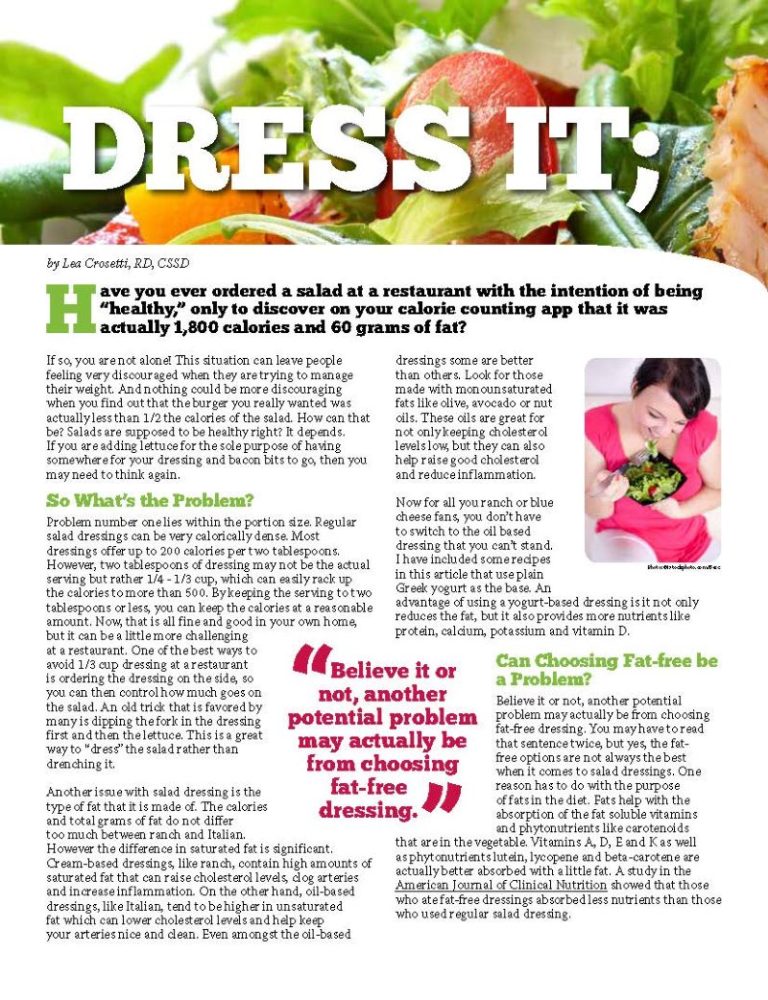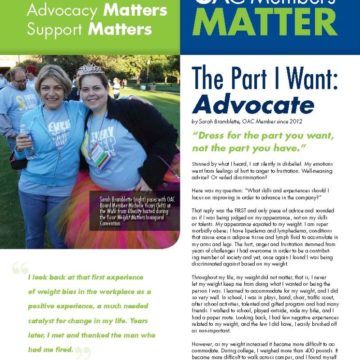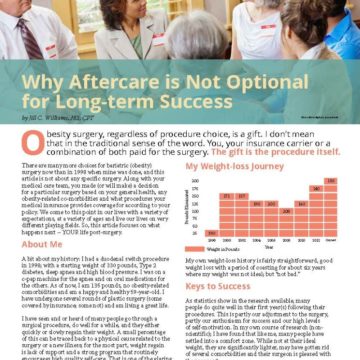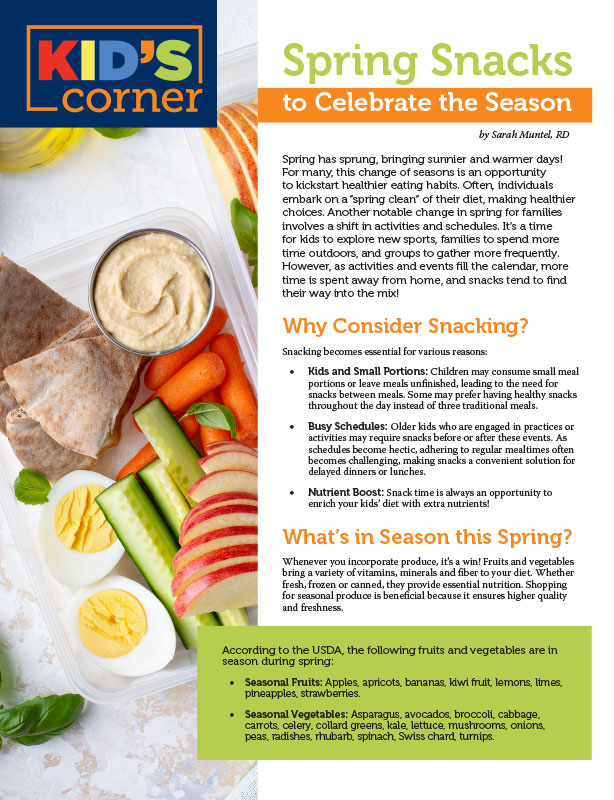Dress It Don’t Drench It


by Lea Crosetti, RD, CSSD
Winter 2014
Have you ever ordered a salad at a restaurant with the intention of being “healthy,” only to discover on your calorie counting app that it was actually 1,800 calories and 60 grams of fat?
If so, you are not alone! This situation can leave people feeling very discouraged when they are trying to manage their weight. And nothing could be more discouraging when you find out that the burger you really wanted was actually less than 1/2 the calories of the salad. How can that be? Salads are supposed to be healthy right? It depends. If you are adding lettuce for the sole purpose of having somewhere for your dressing and bacon bits to go, then you may need to think again.
So What’s the Problem?
Problem number one lies within the portion size. Regular salad dressings can be very calorically dense. Most dressings offer up to 200 calories per two tablespoons. However, two tablespoons of dressing may not be the actual serving but rather 1/4 – 1/3 cup, which can easily rack up the calories to more than 500. By keeping the serving to two tablespoons or less, you can keep the calories at a reasonable amount. Now, that is all fine and good in your own home, but it can be a little more challenging at a restaurant. One of the best ways to avoid 1/3 cup dressing at a restaurant is ordering the dressing on the side, so you can then control how much goes on the salad. An old trick that is favored by many is dipping the fork in the dressing first and then the lettuce. This is a great way to “dress” the salad rather than drenching it.
Another issue with salad dressing is the type of fat that it is made of. The calories and total grams of fat do not differ too much between ranch and Italian. However the difference in saturated fat is significant. Cream-based dressings, like ranch, contain high amounts of saturated fat that can raise cholesterol levels, clog arteries and increase inflammation. On the other hand, oil-based dressings, like Italian, tend to be higher in unsaturated fat which can lower cholesterol levels and help keep your arteries nice and clean. Even amongst the oil-based dressings some are better than others. Look for those made with monounsaturated fats like olive, avocado or nut oils. These oils are great for not only keeping cholesterol levels low, but they can also help raise good cholesterol and reduce inflammation.
Now for all you ranch or blue cheese fans, you don’t have to switch to the oil based dressing that you can’t stand. I have included some recipes in this article that use plain Greek yogurt as the base. An advantage of using a yogurt-based dressing is it not only reduces the fat, but it also provides more nutrients like protein, calcium, potassium and vitamin D.
Can Choosing Fat-free be a Problem?
Believe it or not, another potential problem may actually be from choosing fat-free dressing. You may have to read that sentence twice, but yes, the fat-free options are not always the best when it comes to salad dressings. One reason has to do with the purpose of fats in the diet. Fats help with the absorption of the fat soluble vitamins and phytonutrients like carotenoids that are in the vegetable. Vitamins A, D, E and K as well as phytonutrients lutein, lycopene and beta-carotene are actually better absorbed with a little fat. A study in the American Journal of Clinical Nutrition showed that those who ate fat-free dressings absorbed less nutrients than those who used regular salad dressing.
In addition, fat provides palatability and satiety, helping you become more satisfied and stay fuller longer. Although you may be adding a few more calories up front, it may keep you from grazing later. It sounds like a good investment to me!
Another reason why it may not be best to opt for fat-free dressing is that there are typically three major ingredients that manufacturers use to enhance the flavors of foods: fats, sugar and salt. Typically, when you take one of those ingredients out, like fat, the other two tend to go up. And like I mentioned earlier, fats add to the great mouth-feel of salad dressing, and in order to replace that, manufacturers will have to add other thickening agents which technically don’t need to be in the dressing to begin with.
Do you ever look at the ingredients? Many people are pros at reading the numbers on the nutrition facts but rarely look at what is actually in the product. When it’s listing off ingredients that sound like they are coming out of chemistry lab rather than a kitchen, it may not be the best choice.
Don’t forget to look at the salad as a whole. Dieters are often too concerned about taking things out rather than looking at what’s going in. Sure, look to reduce the saturated fat, but don’t forget to look for ways to add some vitamins, minerals, antioxidants and fiber. Remember, the lettuce is not simply a place for your dressing and fattening toppings.
To get the most out of your salads, make sure you are adding colors. The more color the better! Different colors provide different phytonutrients. Start with a dark leafy green base (like spinach), add some other colors like red tomatoes, orange carrots, purple cabbage, yellow peppers and white mushrooms, while limiting the bacon, cheese and croutons.
Preferred Picks
Walking down the salad dressing aisle at any grocery store gives you an idea of how many options there are. Remember to look at the ingredients. Look for olive, avocado or nut oils. Look for natural ingredients and those that limit the addition of sugar and salt. Annie’s and Brianna’s are other great brands that use all natural ingredients. Newman’s Own is a popular brand that provides mostly natural ingredients. The Lite versions tend to be pretty comparable to the regular dressings. They just use less oil and more vinegar.
Make Your Own!
Anything that comes out of your own kitchen will likely be better than the store-bought brands. Not only are you able to use the freshest ingredients, you can avoid the preservatives manufacturers use to keep their products on the shelf longer. Below, and on the next page, are a few recipes to try out at home!
Recipes:
Raspberry Vinaigrette*
Ingredients:
- ½ cup olive oil
- ½ cup balsamic vinegar (or raspberry balsamic vinegar, or other type of vinegar)
- ½ cup raspberries
- 2 tablespoons honey
- ¼ cup fresh basil
Directions:
- In a blender or food processor, combine raspberry vinegar, raspberries, honey, and basil; whirl 1 minute or until well blended.
- With the motor on, add olive oil in a slow steady stream, whirling until dressing is smooth.
*Adapted from WhatsCookingAmerica.
This dressing is great because not only is it providing a heart healthy oil that can help reduce inflammation, but it also provides a great source of antioxidants from the fresh berries.
Greek Yogurt-based Dressings*
Heart Healthy Blue Cheese
Ingredients:
- 1 cup Greek yogurt
- 2 tablespoons blue cheese crumbles
Directions:
- Combine ingredients and let sit for at least one hour. For best results, let sit for 24 hours.
Heart Healthy Ranch
Ingredients:
- 1 cup Greek yogurt
- 1 teaspoon dried/powdered ranch seasoning**
Directions:
- Combine ingredients and let sit for at least one hour. For best results, let sit for 24 hours.
*Fat-free yogurt in this case would be OK because it is reducing the saturated fat. We suggest adding avocado or nuts to provide some healthy fats in the salad.
**High sodium
About the Author:
Lea Crosetti is a registered dietitian and board certified specialist in sports dietetics. With a strong background in both sports and bariatric nutrition, Lea coined the term and founded BariAthletes®. Her mission is to not only help bariatric athletes meet their specific nutritional needs but also help them embrace their inner athlete and reach their fitness dreams.
References:
1. M Brown, M Ferruzzi, M Nguyen et al. Carotenoid bioavailability is higher from salads ingested with full-fat than with fat-reduced salad dressing as measured with electrochemical detection. Am J of Clin Nut. 2004;80:396-403/
2. WhatsCookingAmerica.net/Salad/RaspberryVinaig.htm
by Sarah Muntel, RD Spring 2024 Spring has sprung, bringing sunnier and warmer days! For many, this…
Read Articleby Nina Crowley, PhD, RD (with Inspiration from Shawn Cochran) Winter 2024 Dating, no matter your age,…
Read ArticleWith the holidays behind us and 2022 now here, many of us are ready to tackle our…
View Video










